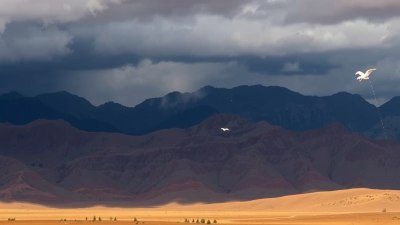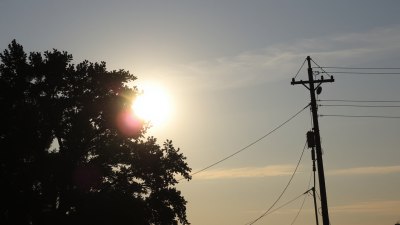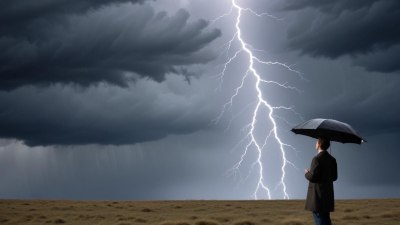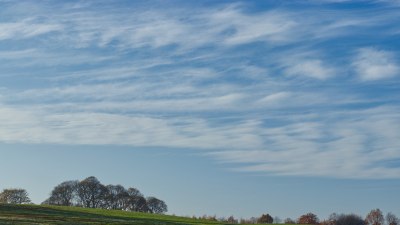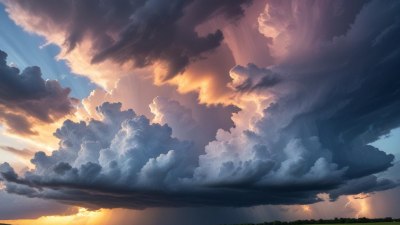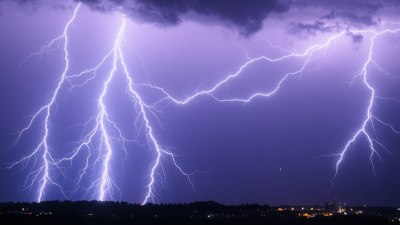Why Clouds Sometimes Look Like a Checkerboard
Explore the fascinating phenomenon of cloud formations that resemble a checkerboard pattern and understand their causes.
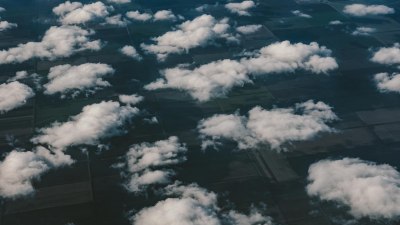
Image by boyarkinamarina on Freepik
When you gaze into the sky on a clear day, you might sometimes spot clouds that appear arranged in a pattern resembling a checkerboard. This intriguing phenomenon captures our imagination and raises questions about the atmospheric conditions that lead to such visual formations. In this article, we will explore why clouds sometimes look like a checkerboard, diving into the science behind cloud formations, the meteorological conditions that favor these patterns, and their fascinating relationship with weather systems.
Understanding Cloud Formation
To understand why clouds can appear like a checkerboard, it is essential first to comprehend the fundamental processes leading to cloud formation. Clouds form primarily through the cooling of air, causing water vapor to condense into tiny droplets or ice crystals. This cooling is typically a result of rising air, which expands and cools at higher altitudes. As the air continues to rise, it may encounter different temperatures and humidity levels, which can lead to the formation of various clouds.
Clouds are classified into several types based on their shape, altitude, and the atmospheric conditions that contributed to their formation. The most common types include cumulus, stratus, cirrus, and nimbus clouds. Each type is formed under distinct conditions and plays a significant role in the Earth's weather systems.
What Causes Checkerboard Patterns in Clouds?
The checkerboard appearance of clouds is closely linked to specific atmospheric conditions. The phenomenon usually occurs when large areas of the atmosphere are filled with convective clouds, specifically cumulus clouds. These clouds can develop in rows that are separated by clear or partially clear areas known as 'gaps' or 'subsidence zones.' The arrangement of these clouds and clear areas can give the sky the appearance of a checkerboard.
The formation of these patterns often correlates with the presence of a phenomenon known as 'thermal convection.' This occurs when the ground heats up, leading to warm air rising in bubbles or columns. As these bubbles of warm air ascend, they create areas of low pressure at the surface, which can lead to the formation of clouds in lines or patches. The rhythm and spacing of these rising columns of air contribute to the checkerboard appearance.
Another factor contributing to this visual pattern is wind shear. Wind shear refers to changes in wind speed or direction with height. When there is significant wind shear present, it can cause clouds to form in parallel lines, resulting in rows of cumulus clouds separated by clear or less cloudy air. Thus, the interaction of thermal convection and wind shear plays an essential role in creating that checkerboard effect.
Common Locations for Checkerboard Clouds
While checkerboard clouds can occur anywhere with the right atmospheric conditions, certain geographic areas are more prone to this unusual cloud formation. Often, regions with extensive flat landscapes, such as plains or valleys, are prone to display this phenomenon due to the uniform heating of the ground and the resulting convective cells.
Additionally, checkerboard cloud patterns can be observed in areas where strong thermal updrafts are present, such as near large bodies of water or during particular weather patterns. For instance, coastal regions may experience sea breezes that foster suitable conditions for the formation of cumulus clouds and their distinctive arrangements.
Moreover, these patterns may be witnessed in regions with complex topography where mountains and valleys influence wind patterns and thermals. The interaction of natural formations can contribute to the development of localized weather systems that promote the alignment of clouds in checkerboard-like configurations.
The Role of Weather Systems
The presence of checkerboard clouds is also indicative of broader weather systems at play. Such patterns can signal the presence of instability in the atmosphere, which often precedes weather changes. In some cases, these clouds may signify approaching showers or even thunderstorms, as the pockets of rising warm air can lead to more significant weather phenomena.
Furthermore, the presence of a high-pressure system can influence cloud formation and contribute to the checkerboard cloud arrangement. High-pressure systems typically stabilize the atmosphere and can promote the development of clear areas amidst rising air pockets that give clouds their grid-like appearance.
Weather predictions that take into account the presence of checkerboard patterns can sometimes provide valuable clues about impending changes in local weather. Meteorologists track these indicators closely to prepare for possible shifts in weather conditions.
How to Identify Checkerboard Clouds
Identifying checkerboard clouds is mostly about observation and understanding the characteristics of the underlying formations. Look for the striking contrast between groupings of cumulus clouds and clear patches within the sky. The dark shades of clouds juxtaposed against the blue expanse can create a vivid pattern reminiscent of a checkerboard.
For enthusiasts and amateur meteorologists, using tools such as smartphones to capture photographs of these formations can be rewarding. Observing shifting patterns throughout the day as thermals develop may provide insight into the process, as well as opportunities to share the experience with others interested in natural phenomena.
Concluding Thoughts on Cloud Patterns
The sight of clouds arranged in a checkerboard pattern not only captivates our attention but also serves as a reminder of the dynamic and ever-changing nature of our atmosphere. Through understanding the science behind these formations, we can appreciate the intricate forces shaping our weather and the planet we inhabit.
Next time you find yourself gazing at the sky, take a moment to notice the clouds and consider the fascinating processes that lead to their unique arrangements. Nature exhibits a remarkable ability to create beauty in various forms, and the checkerboard pattern is just one way to experience that wonder.
